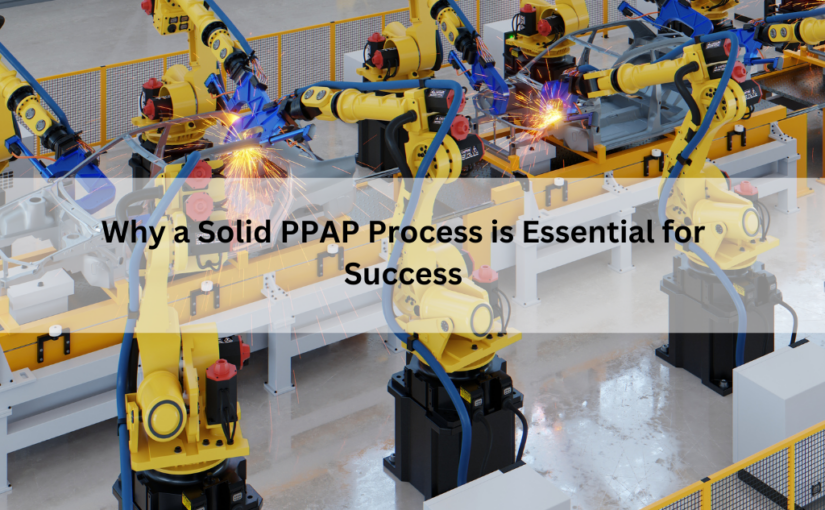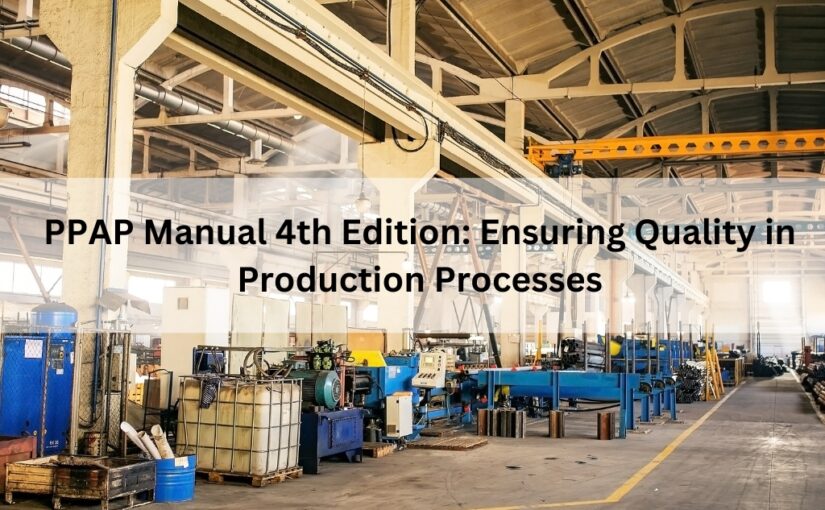How to use 3D Scanning Method for Tool Reconstruction?
 One of the most dreaded situation faced by engineers is when there is a need for part reproduction but no manufacturing data available. Lack of data could be attributed to the tool being very old or no documentation protocol at the time of manufacture. In case of a requirement it becomes crucial to rebuild the manufacturing files within limited time. Measuring existing parts and creating detailed drawings manually is a way that brings in risks associated with time consumption, manual error in data recording and reporting method and quality validation. In short, it consumes lot of resources and time with no guaranty for accuracy.
One of the most dreaded situation faced by engineers is when there is a need for part reproduction but no manufacturing data available. Lack of data could be attributed to the tool being very old or no documentation protocol at the time of manufacture. In case of a requirement it becomes crucial to rebuild the manufacturing files within limited time. Measuring existing parts and creating detailed drawings manually is a way that brings in risks associated with time consumption, manual error in data recording and reporting method and quality validation. In short, it consumes lot of resources and time with no guaranty for accuracy.
Today’s advanced world thus offers a solution to the given situation wherein 3D scanning technology minimizes the risk and provides accurate data. 3D scanning method captures part details in 3D digital form very efficiently and quickly thereby allowing engineers to create CAD drawings from physical parts in a very short time with high level of accuracy.
Various Applications of 3D Scanning:
3D scanning is an integral part of the Commercial as well as Education Industry, it’s used extensively across Aerospace, Automotive, Consumer Products and Medical manufacturing to create, simulate, verify and collaborate 3D data for respective projects.
Some of the common applications that use 3D scanning are:
- Reverse engineering to capture legacy products or lost designs
- Restoration or scaling up the existing products
- 3D CAD data acquisition for rapid prototyping
- Inspection and Analysis
- For dimensional deviation & CAD to part deviation
- On machine inspection & installation alignment
- Quality control – enables comparison between CAD data with scanned data
- Documentation for archival purposes
- Industry specific requirements to create database or blueprint drawings
- Education & training
3D Scanning technology offers a variety of benefits for the above applications. These benefits are listed below:
- Accuracy & precision
- Realistic output for conceptual prototypes
- Wide range of physical parts (simple to complex) can be scanned and 3D model can be created
- Helps in measuring the cross sections of complex parts.
- To identify in and out tolerance of the components.
How does 3D Scanning work?
Awide variety of 3D scanners are available in the technologically advanced world. These scanners use different techniques like X-rays, lasers, white light, theodolite, destructive slicing, projective geometry etc. to capture surface data from a physical object. The functionality however is built such that 3D scanners and associated software generates polygon meshes, point clouds with large number of measurements for the scanned surface of the object that in turn is converted to precise 3D model using third party software like Geomagic. Exported 3D model is readable in 3D CAD software like Solidworks, Inventor, Pro/E etc. wherein detailed 2D drawing can be created and used for a variety of purposes.
Dull surface texture with light color contributes to better quality 3D Scans while special attention is required when the object has shiny, mirroring surfaces. Such surfaces may result in overloading the sensor with light hence deflecting the beam (laser/white light/X-ray) away from the scanner, resulting in wrong measurements. These issues can easily be addressed by using anti-reflective spray or powder that will reduce the reflectance on the surface and will allow proper reading from the scanner.










